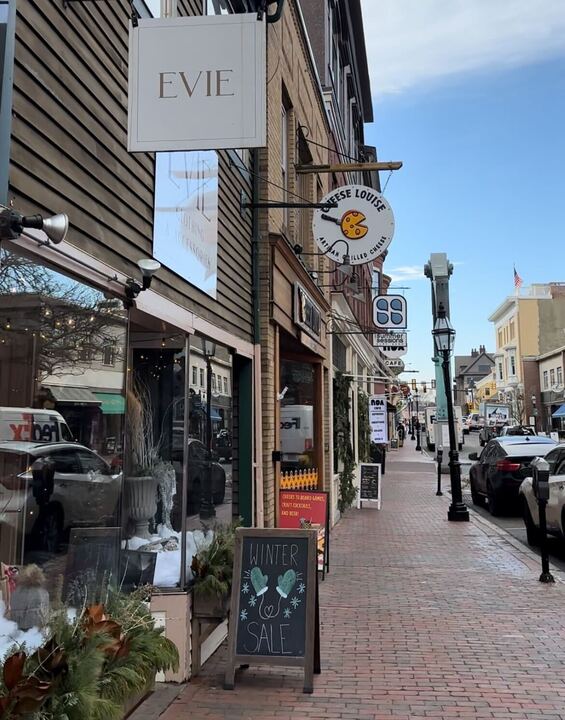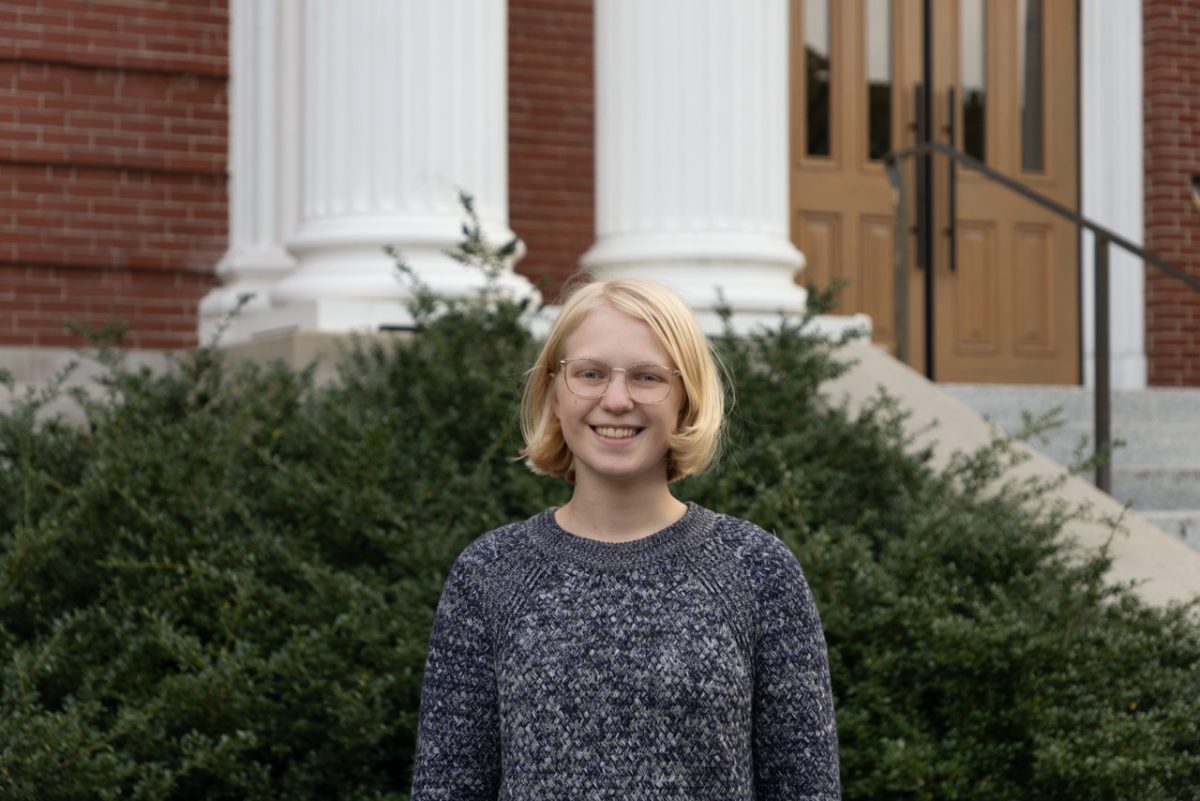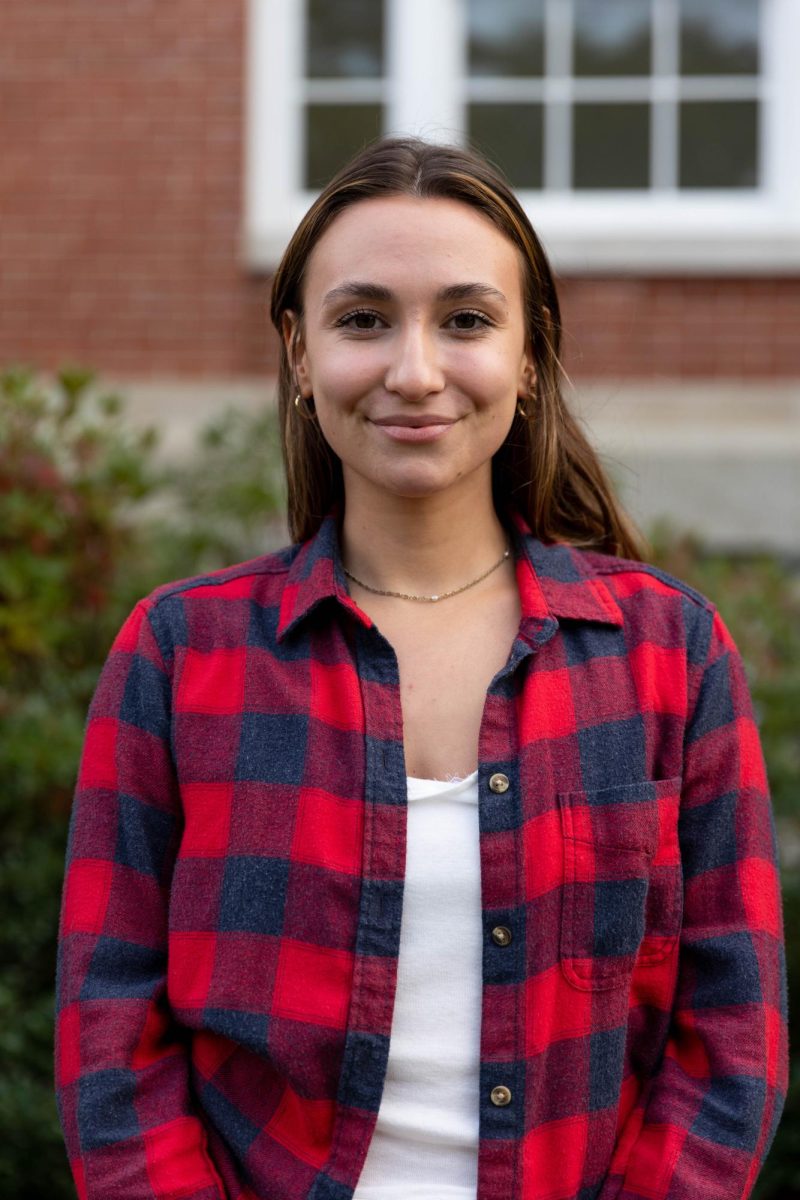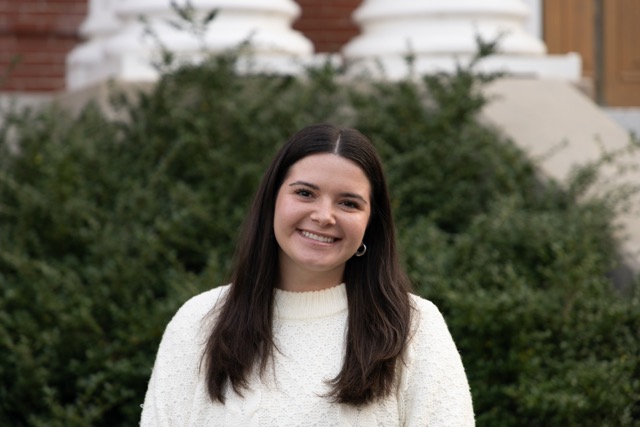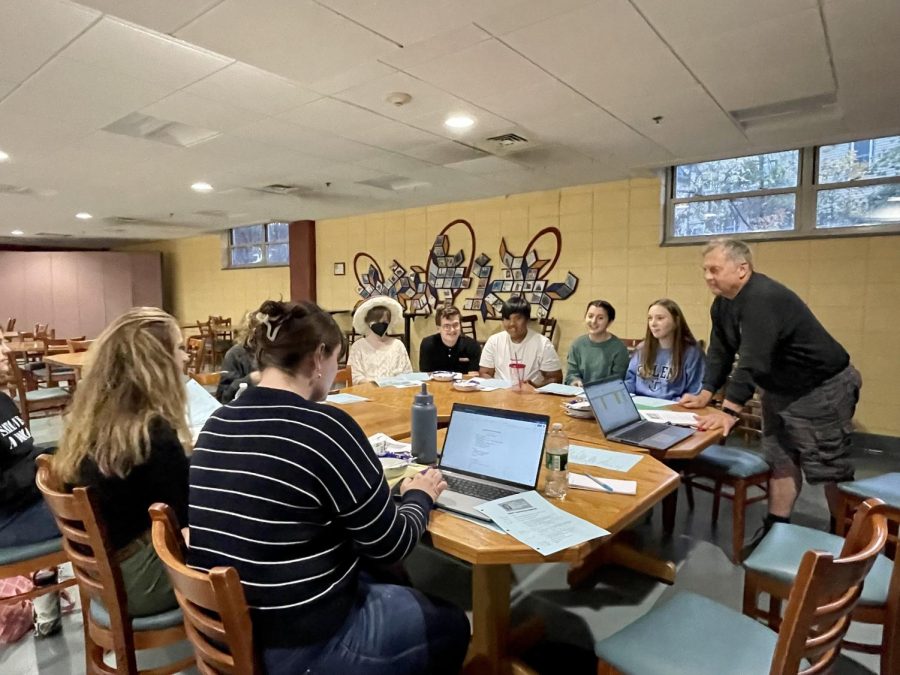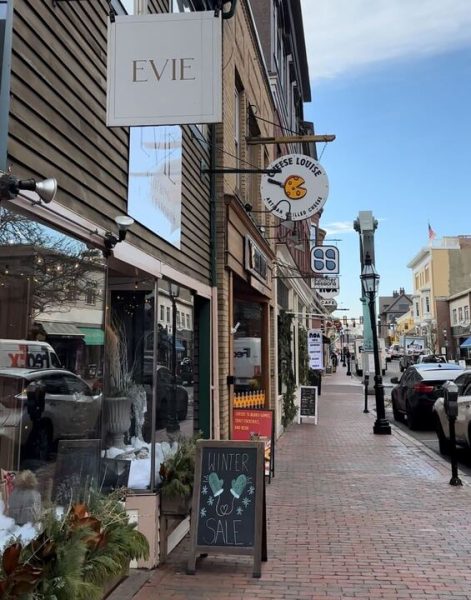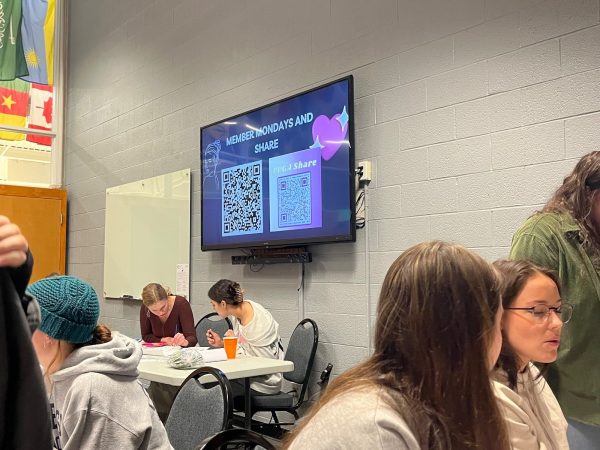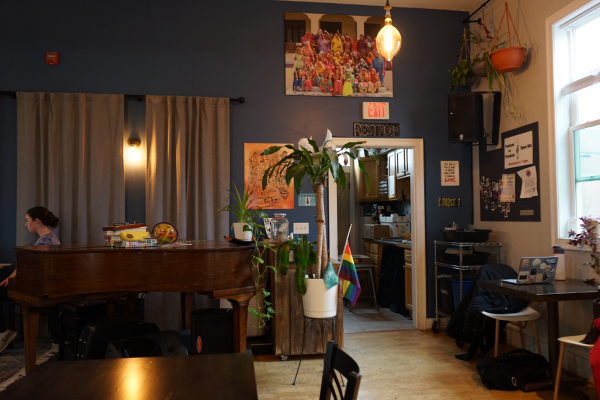New funds provide tools to fight substance abuse in Dover
December 13, 2022
When Elsa Rogers joined Dover’s Youth to Youth’s program in the sixth grade, she never expected it would alter the course of her career. However, an early interest in prevention work would quickly become an eight-year journey into activism.

“My mother is a smoker and went to rehab. She was always in rehab for a lot of things, it was always something I was interested in. But I remember when I was in fifth grade, we saw a presentation,” said Rogers. “And it was like, so cool seeing people my age, presenting to people and like making a difference…so being able to do that was I think what first got me to join.”
While the organization began as a local project by retired Dover Police Officer Dana Mitchell, Dover Youth to Youth’s unique, evidence-based empowerment model is now utilized state and nation-wide to help local students and educators alike combat youth substance abuse.
“We did not go in with a model, we went out not really knowing what we were doing or how to do it… within a few years, people were asking us, ‘hey, can you come to our conference and explain what you’re doing’, so obviously we got it going. And we just, you know, blossomed from there,” said Mitchell.
Mitchell described his students’ leadership as key to substance abuse prevention. According to the CDC, the majority of adults demonstrating a substance abuse disorder began using substances in their teen years.
“The original idea was, well, you know, instead of looking at the youth in the community as the problem that needs to be fixed,” said Mitchell, “Can we look at them as a resource?”
Today, Rogers is a proud advocate for Mitchell’s model of youth empowerment, and is spending her gap year interning with the same team that watched her grow up.
“It’s affected a ton of my life. I mean, I want to go into teaching, because I’ve been teaching classrooms with students since I was 12 years old. And that’s like, one of the things that you don’t realize the skills that you actually learned in this program until you’re then using them,” she explained.
Rogers and other Youth to Youth members might work on anything from a classroom presentation to training educators across the country on youth prevention.
“Almost everything we do is divided into four categories. So there’s education work, community awareness, work, media and policy change. So we kind of cover all those bases,” said Rogers.
Most recently, Rogers and her high school team helped plan a state-wide conference which trained students around the granite state on the health impacts of substance use, substance industries, developing media messages and more.
New funds provide new opportunities
The Dover Youth to Youth program acts as the youth branch of the Dover Coalition for Youth, which received $425,000 in federal funds this past September. With the new funding, they are preparing to expand their outreach and research efforts to better reach groups who are more likely to be impacted by substance abuse, such as LGBTQ+ youth.
“We looked at data around students that identify as LGBTQ+, students that report living with someone with a substance use disorder, and students that report having adverse childhood experiences. And all of those populations have strong connections to higher use rates of opioids, prescription drugs, vaping, alcohol” said Vicki Harris, the Dover Coalition for Youth coordinator.
The Coalition plans to contract with a PhD level epidemiologist to further identify subpopulations and effective evidence-based strategies or interventions. One new prevention initiative the coalition hopes to launch is a city Childhood Experience Response Team (CERT).
“So the best example for that is, you know, mom and dad are fighting, there’s a domestic violence incident and the police are called to the home. And even though the kids aren’t involved in the incident, they’re in the home experiencing that witnessing that trauma. So the CERT team would follow up with the family, go back to the home and connect them with services,” explained Harris.
In recent years, Strafford County has experienced substance abuse issues above state averages. According to a report by The New Hampshire Drug Monitoring Initiative, it ranked highest for overdose related deaths per capita in 2019, and contributed to roughly 13% of the state total. The report also noted that more than half of 2019 overdoses involved fentanyl, a synthetic opiate which, due to its strength, is linked to a greater chance of overdose.
“In terms of some of the impacts we’re seeing in the community, specifically around overdoses and fatal overdoses, the pandemic hit us really hard with that,” said Harris.
During the COVID-19 pandemic, Dover experienced a significant increase in fatal overdoses. In 2020 the city saw 18, as compared to eight in 2019. The number has since dropped slightly to 12 in 2021.
According to data from the Youth Risk Behavior Survey (YRBS), the rates of prescription drug and opioid misuse among Dover high school students remains above state averages.
The city’s rates of youth alcohol abuse are another area of concern for the Youth to Youth activists. According to 2019 Youth Risk Behavior Survey data, 22.4% of Dover High School students have had a drink in the past 30 days (the national average sits at 10%), and over half of them have reported binge drinking during that time.
The recently awarded Dover Coalition for Youth STOP Grant Act will provide $50,000 a year over the course of four years, specifically to address underage drinking.
“So a lot of what was proposed under that grant was chiefly youth activities,” said Harris. “Sort of engaging youth in that peer to peer drug prevention activity, but also looking at compliance checks within the community, making sure that we’re reducing access to alcohol.”
In a round of compliance checks conducted in March of 2021, 22 out of 71 licensees sold to minors in Dover – a 31% sales rate.
Rogers and other student advocates acknowledged the challenges ahead of them, but remained hopeful.
“It’s one of those things that not everyone’s going to be receptive,” said Rogers. “But if it could at least cause them to resent this industry a little bit and maybe want to get better and things like that, then that’s worth it. Even if it’s not gonna affect everyone, it will affect some people.”



